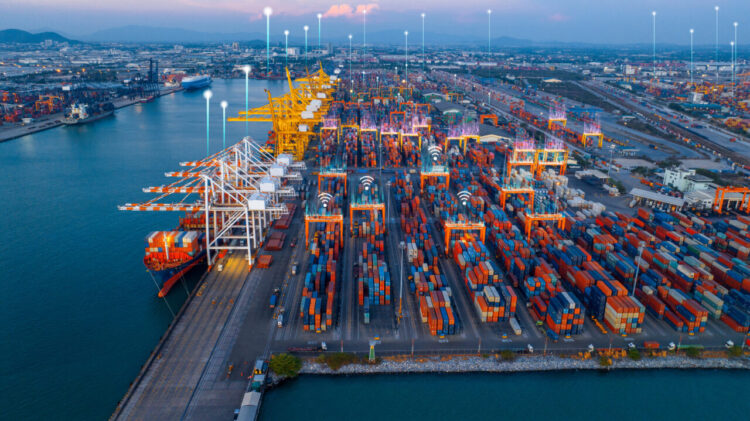In a move that escalates world trade tensions, U.S. President Donald Trump on Wednesday announced new tariffs targeting major economic nations. As per the announcement, China will face a hefty 34% tariff, the European Union 20%, and India a 26% “discounted reciprocal tariff.” Notably, the tariffs will affect critical sectors such as automobiles, dairy, steel, and electronics.
This isn’t Trump’s first foray into trade wars. During his first term, he imposed aggressive tariffs on China, prompting retaliatory measures on American exports. His hardline stance on tariffs also played a key role in reshaping the North American trade deal, resulting in the US-Mexico-Canada Agreement (USMCA) in 2020.
Understanding Tariffs: What They Are and Why They Matter
A tariff is essentially a tax levied by a government on imported goods and services. When goods cross a country’s border, the importer pays a tax to its government. These tariffs are often calculated as a percentage of the item’s value, known as an ad valorem tariff.
Why Governments Impose Tariffs:
Protect Domestic Industries: Tariffs make foreign goods more expensive, encouraging consumers to buy local products and supporting domestic businesses.
Raise Government Revenue: Particularly in nations with limited taxation systems, tariffs serve as a vital source of income.
Address Trade Imbalances: By discouraging imports and boosting local production, tariffs can help reduce trade deficits.
Different Types of Tariffs:
Ad Valorem Tariffs: Based on a percentage of the item’s value.
Specific Tariffs: A fixed fee per unit, regardless of the product’s price.
Compound Tariffs: A combination of ad valorem and specific tariffs.
Who Ultimately Pays?
While importers are responsible for paying the tariffs upfront, the cost often trickles down. Businesses may either absorb the cost or pass it on to consumers through higher prices. Some exporters might reduce their prices to stay competitive, while others may shift manufacturing to the U.S. to avoid tariffs. In certain situations, importers can apply for exemptions if alternative sources aren’t available.
How the U.S. Collects and Enforces Tariffs
The process is handled primarily by U.S. Customs and Border Protection (CBP) at nearly 330 entry points, including seaports, airports, and land borders. The Treasury Department sets the rules, while CBP is responsible for collection, audits, and enforcing penalties.
Here’s how it works:
Goods are classified using the International Harmonized System, which determines applicable tariff rates.Tariffs are paid during customs clearance, with revenues going into the Treasury’s General Fund.Any incorrect declarations—intentional or accidental—can lead to significant fines.
Exceptions to the Rule:
Re-imported U.S. Goods: If a U.S.-made product is returned unchanged, it’s typically exempt from tariffs.
Modified Goods: For example, U.S. gold sent to India to be crafted into earrings will be taxed on the entire finished product upon return.
India Hit with a 26% Reciprocal Tariff: What That Means
Trump’s new 26% tariff on Indian goods has been labeled a “reciprocal tariff.” In simple terms, a reciprocal tariff mirrors the tax that a foreign country imposes on U.S. goods. If India levies a 26% duty on U.S. imports, the U.S. responds with the same rate—creating what Trump calls “fair” trade.
However, tariffs aren’t always an exact match. Sometimes, the U.S. considers broader economic factors like trade deficits when setting rates. For example, countries with large trade surpluses against the U.S. might face higher duties as part of Trump’s push to rebalance trade relations.

















Comments